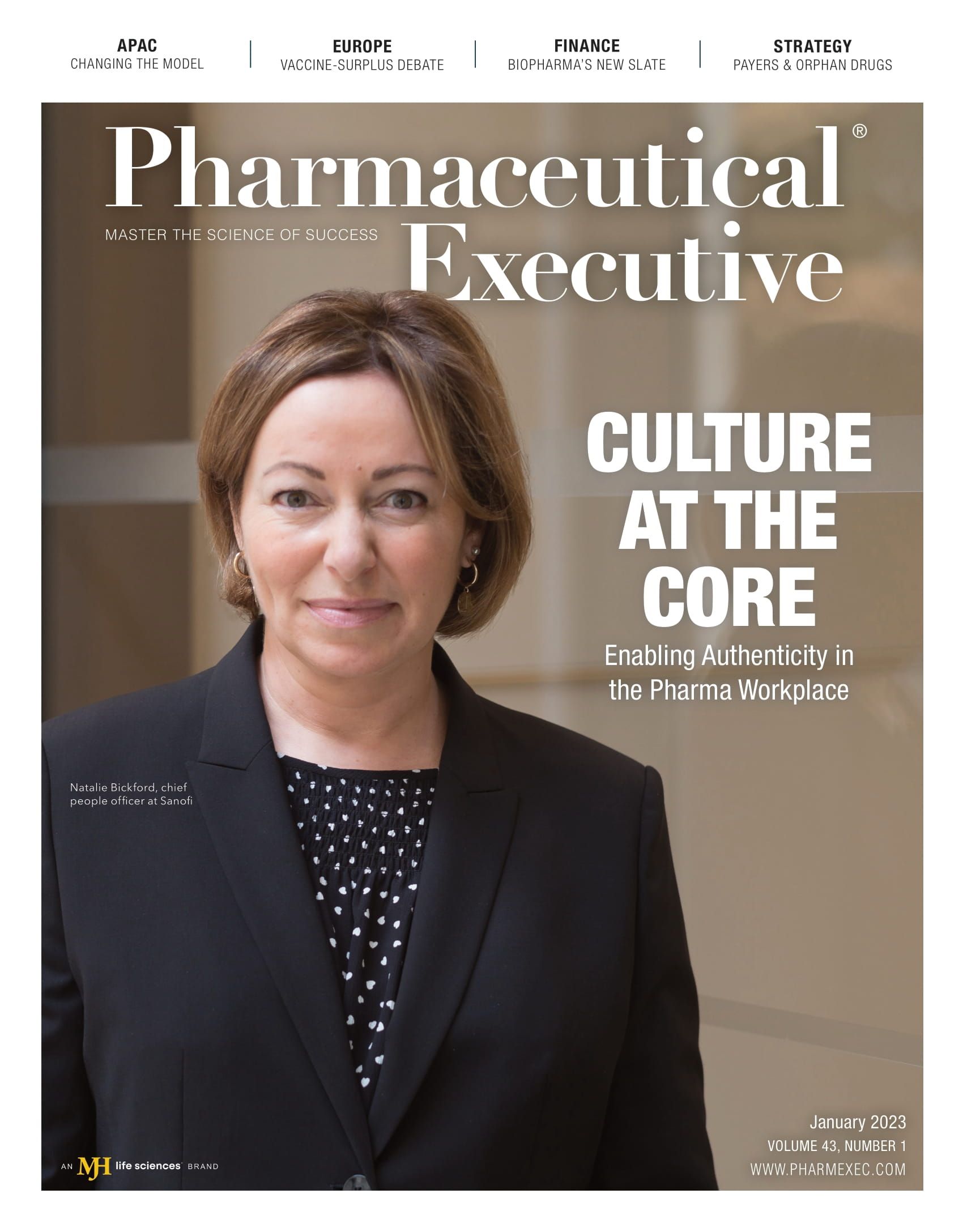Biopharma Investment Implications: Looking Back and Forward
What a changing economy and related trends could mean for 2023.

It’s Dec. 19, 2022, as I write this, and I can’t help but reflect on the past year. However, this column won’t get published until we are likely in the late innings of the J.P. Morgan Healthcare (JPM) Conference—many of us in person for the first time since January 2020, which is hard to believe.
Much has changed, both personally and professionally. It has been a historically challenging time, but not insurmountable, and we can be proud of our resiliency and our industry’s success in bringing vaccines and therapeutics that were the path to reopening the economy and bringing back our freedom. We’ve found new ways to succeed, support each other, and—from a business perspective—prosper with increased productivity. I have an elevated appreciation for all that we may have taken for granted in life, as I am sure most of us do.
2020 and 2021 were record years for capital inflows into the industry, as investors were eager to fund the innovation renaissance, and the sector was one of the very few for outsized returns. However, 2022 was a very different year in terms of stock performance and new capital inflows. In the past three-year period since January 2020, our industry has experienced the best times followed by the worst of them. The inflow of new public market capital flowing into the sector in 2020 and 2021 represented nearly 35% of the total over the past 15 years. Nearly half of the companies receiving this capital were preclinical or in Phase I, which is historically unprecedented. But immediately following the peak in February 2021, the biotech indexes have experienced the steepest and longest declines in history. There are many reasons for this:
- Extended valuations at the peak.
- The vaccines led to the reopening of the economy, which meant that the cyclicals, which had depressed valuations due to the recession, were well set up for massive outperformance with the impending v-shaped recovery.
- Investors rotated out of growth (No. 1 favorite biotech) into value (cyclicals).
- The hot economy led to inflation and a rapid response by the Fed with the steepest Fed-induced rise in interest rates over a short period of time in a generation.
- This rate hike crushed the valuations of long-dated assets, with biotech being the longest dated of all, and the carnage to market caps has been substantial.
- Biotechs are serial capital raisers, and the massive underperformance meant that the sources of new capital dried up.
- Many early-stage companies were not funded through major value inflection points and were hit the hardest.
- Forty-to-fifty percent of companies in the sector will end the year with less than 12 months of cash.
However, things appear to be changing, and I’m optimistic about 2023 for biopharma. The Fed is posturing a more measured approach with a slowing in rate hikes in response to moderating inflation. The possibility of a recession is looming, which could provoke a rotation out of cyclicals and into growth—most notably biotech, where valuations are depressed and many companies are trading below enterprise value. The innovation renaissance is real and positive data continues to be reported across the sector in areas of high unmet medical need, which is fantastic news for patients, companies, and shareholders.
Lastly, but perhaps most importantly, M&A is and always has been a core pillar of the growth strategies for the largest biopharma companies. Never before have they had more firepower to fund these deals, according to EY’s Annual Firepower Report, which is $1.4 trillion and rising. Further fueling the momentum for deals is the looming LOE for annual revenues of about $225 billion beginning in 2025, leaving a large growth gap to fill.
In a Dec. 19 email, Tim Opler, partner at Torreya, wrote: “M&A[s] may have been slow for most of 2022, but we are ending this year with a bang. Last week saw $46.8 billion in biotech and pharma deal volume across nine separate transactions. This was the biggest week for M&A since June 2019, when AbbVie announced it was acquiring Allergan for $86 billion.” This volume, of course, was led by Horizon’s impressive exit to Amgen for $27.8 billion.
Let’s hope we get more of these announcements heading into or at JPM and that 2023 proves to be a better year for new capital inflows and stock price performance for biopharma and continued progress for patients.
Sending you all my very best wishes for 2023!
Barbara Ryan is the founder of Barbara Ryan Advisors and a member of Pharm Exec’s Editorial Advisory Board.

Regeneron, Roche Launch Major US Expansion Plans to Meet Growing Demand for Biologics and Innovation
April 22nd 2025With combined investments exceeding $53 billion, both companies are deepening their US presence through expanded biologics production, gene therapy capabilities, and next generation R&D centers.